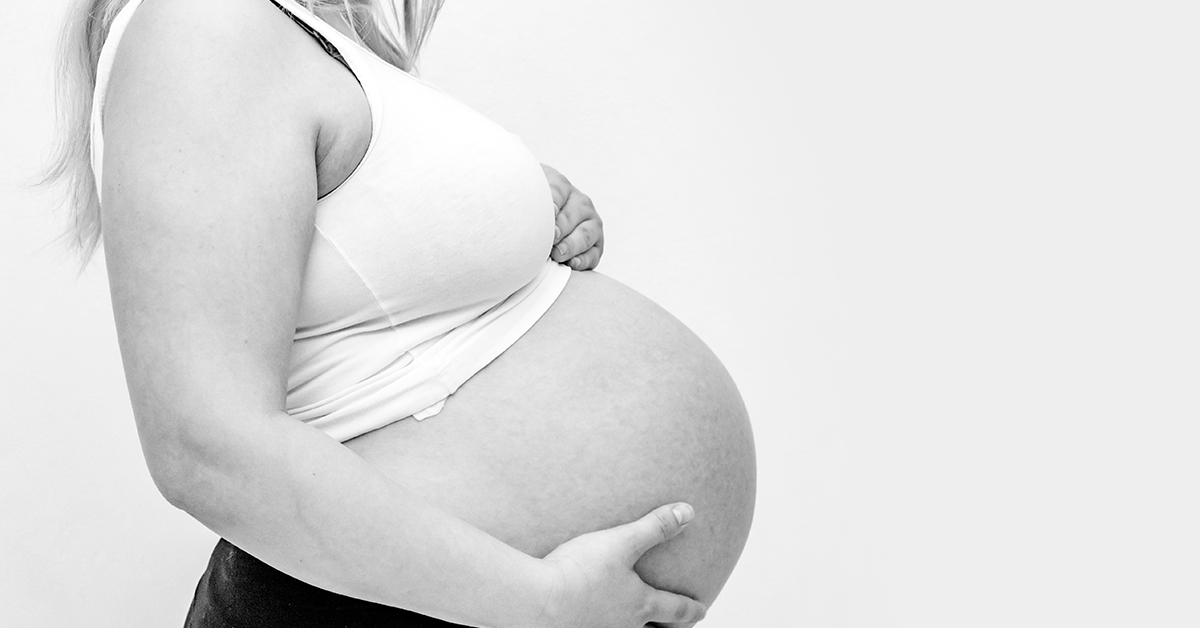
Understanding Pre-labour
Childbirth, Doula, Labour
It had been a long and frustrating few days for the expectant parents. Contractions were irregular, sometimes picking up in strength but quickly returning to mild cramping without a pattern. “Is this really labour?” they asked their doula. This wasn’t what they imagined it would look like.
Their doula reassured them with some helpful information: from a clinical perspective, they were experiencing pre-labour, but from her perspective, the baby and the client’s body were doing some important work together. Those crampy contractions were moving the cervix from a posterior position to line up with the birth canal, helping the cervix to soften, thin out and possibly dilate a little. Even better, the pre-labour contractions were nudging the baby further into the pelvis. The birthing parent’s body wasn’t just wasting time—it knew what it was doing! And that’s the key; trusting that there is no rush and that in time, contractions will strengthen and the work of labouring will begin.
Pre-labour can be not only frustrating but tiring as well. There is enough cramping to be uncomfortable but no progress toward regular contractions.
What to do?
Stretch and Sweeps
Firstly, let’s consider stretch and sweeps, a form of gentle induction used by many care providers. Stretch and sweeps can lead to a longer period of pre-labour. During this procedure, the care provider inserts a gloved, lubricated finger into the opening of the cervix, giving it a stretch and then sweeps in a circular motion around the membranes separating them from the bottom of the uterine wall with the intent of encouraging the production of prostaglandins, the hormones that ripens the cervix in preparation for labour.
There are times when a stretch and sweep can be helpful as it is the gentlest form of inducing natural labour. However, this technique can be associated with a longer pre-labour time, which may include cramping that is uncomfortable but not productive, and a feeling of disillusionment when labour doesn’t begin. Stretch and sweeps are common practice but, unless there is a need for labour to begin, it might be best to wait a little longer to avoid the frustration of pre-labour cramping that doesn’t lead to more established labour.
Pre-labour Pain Relief
Pre-labour discomfort can be helped by a combination of gravol and tylenol; gravol acts like a mild sedative, allowing for rest and relaxation while tylenol takes the edge off of cramping. In fact, some midwifery practices offer both of these medications combined in one injection, which can be very helpful if some rest is needed. However, be sure to talk to your health care provider before taking any medications and always rely on their guidance.
Heat in the form of a rice or flax seed bag warmed in the microwave, or a heating pad, can help ease the discomfort of cramping as can a warm shower or bath.
Many folks find their backs to be achy in the days leading up to labour. During this time, the round ligaments of the uterus are stretching to allow the baby to position and engage in the pelvis. Alternating between the application of a heating pad and a cold pack can help to alleviate pain in the lower back.
Acupuncture, massage, chiropractic and osteopathic techniques have been known to help irregular cramping move in the direction of regular, established labour contractions.
Exercise such as swimming and walking can be effective too. Low impact exercise alleviates pressure and discomfort. Swimming can be as simple as using a pool noodle for floatation with belly pointed down and legs lightly kicking.
Practicing Patience
Most importantly, we can wait patiently as there is no need to rush contractions. Trust that pre-labour cramping is useful for you and baby. Your cervix and uterus know just what to do and both are using the time before established labour to prepare for cervical thinning and dilation while helping baby come into the pelvis in a favourable position before stronger contractions begin.
As the doula reminded her clients during their longer than usual pre-labour, babies have a way of teaching us patience even before we hold them in our arms! And as experienced parents will agree, patience is a much-needed parenting skill from birth onward.
Trust in your ability to bring your baby into the world,
Lenore Kilmartin



